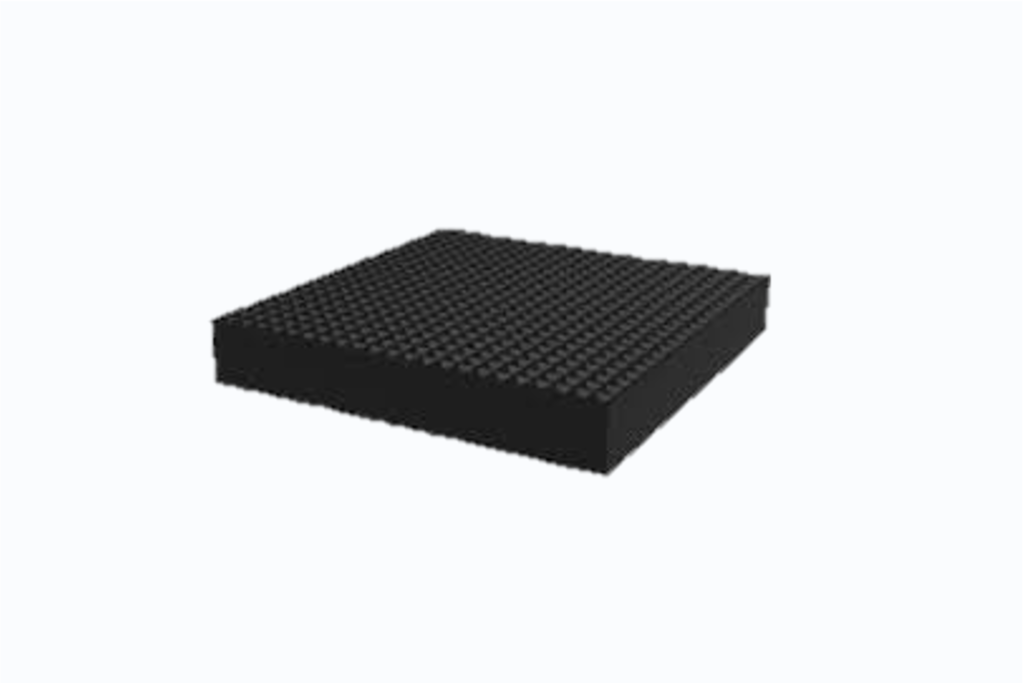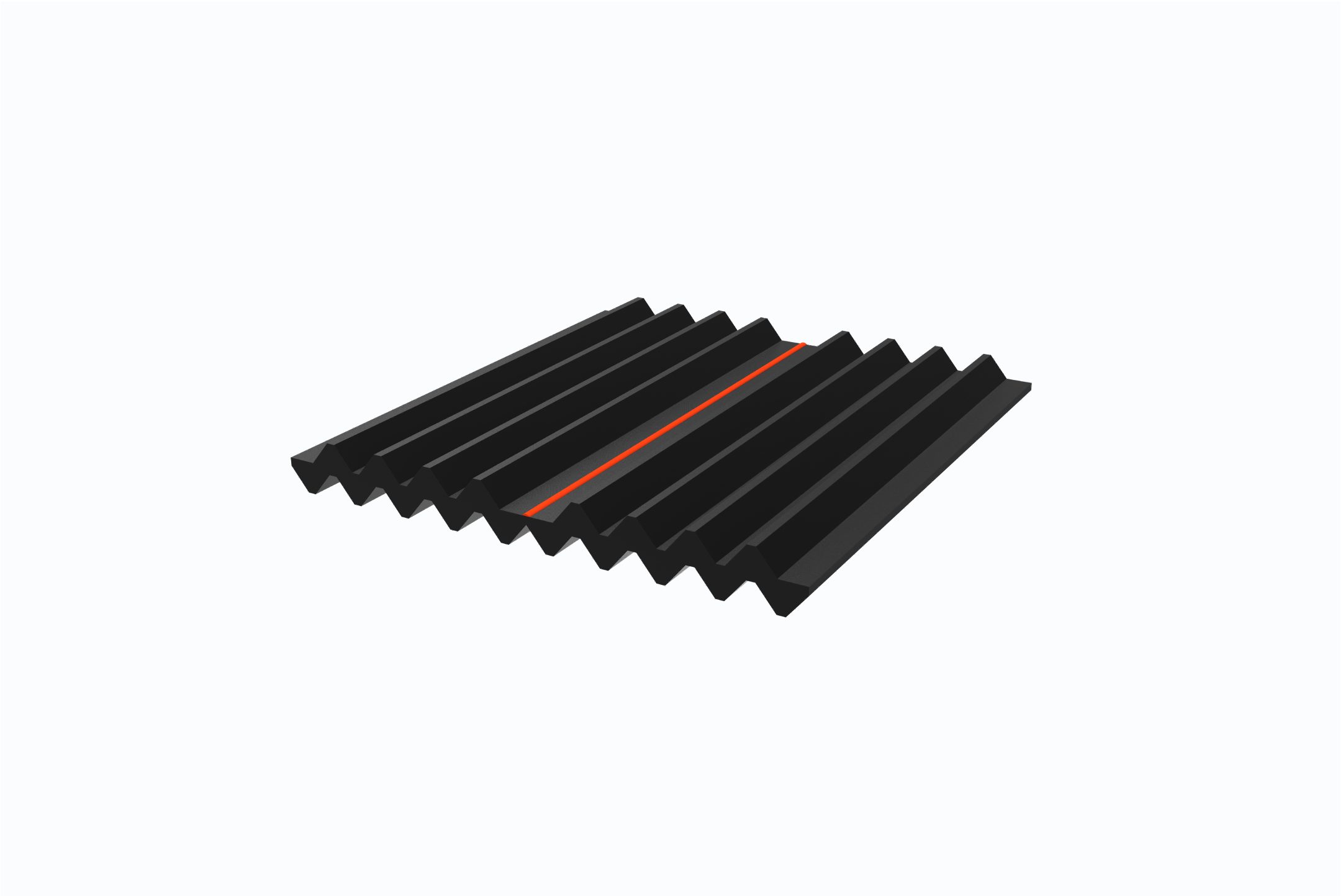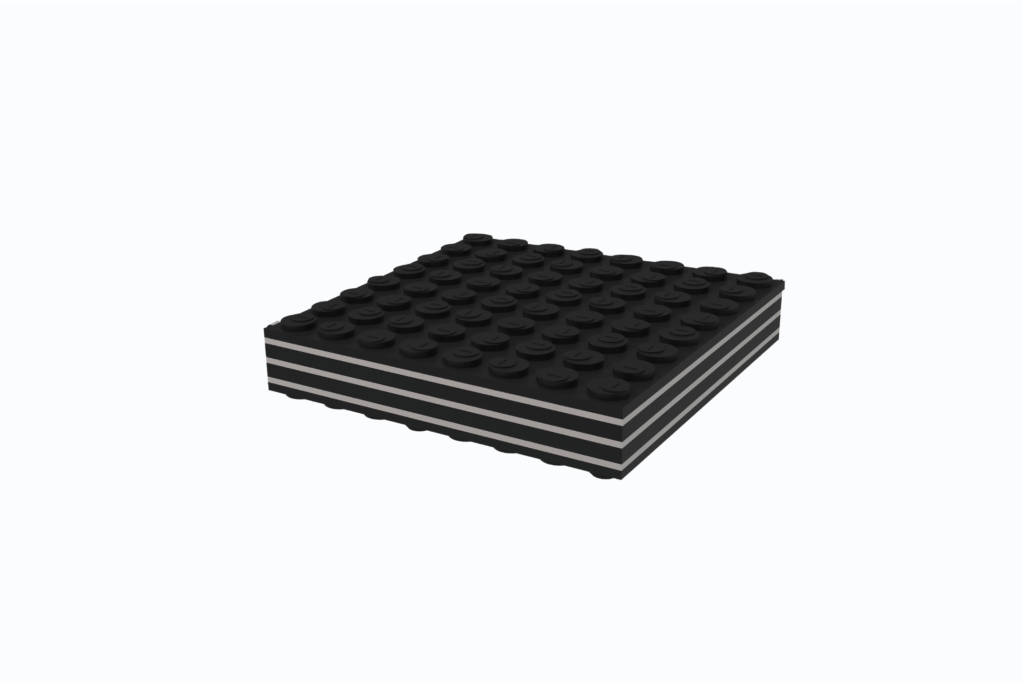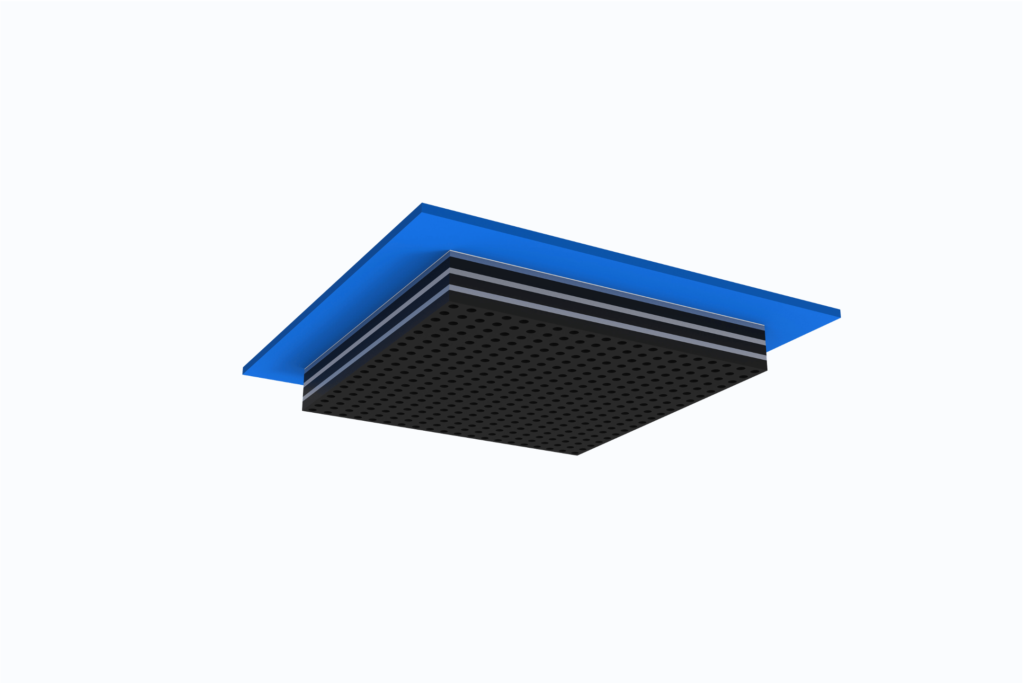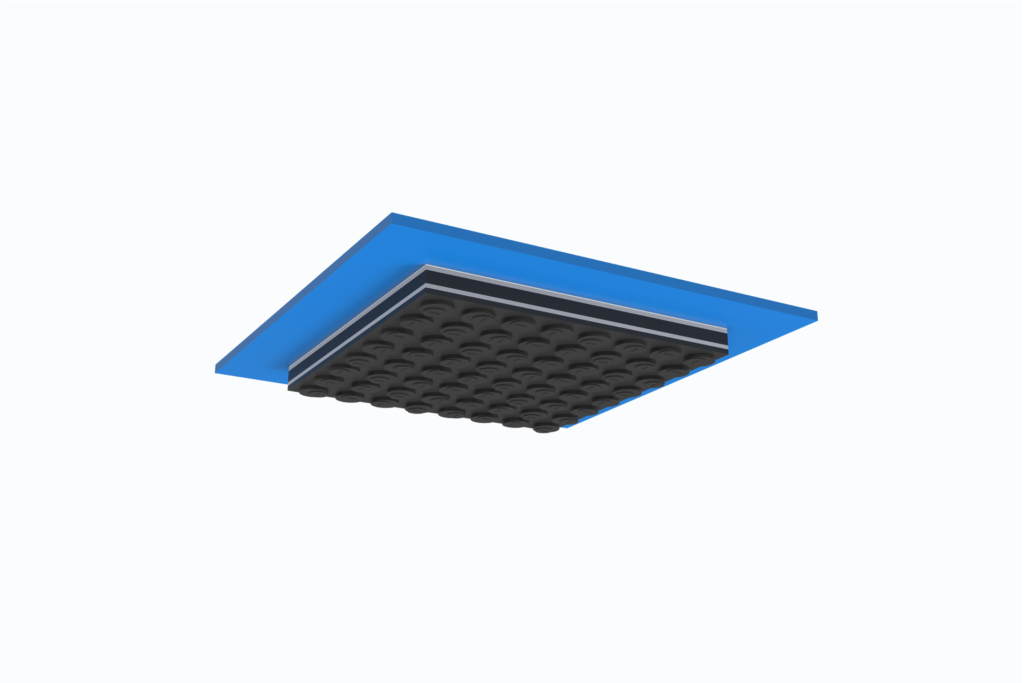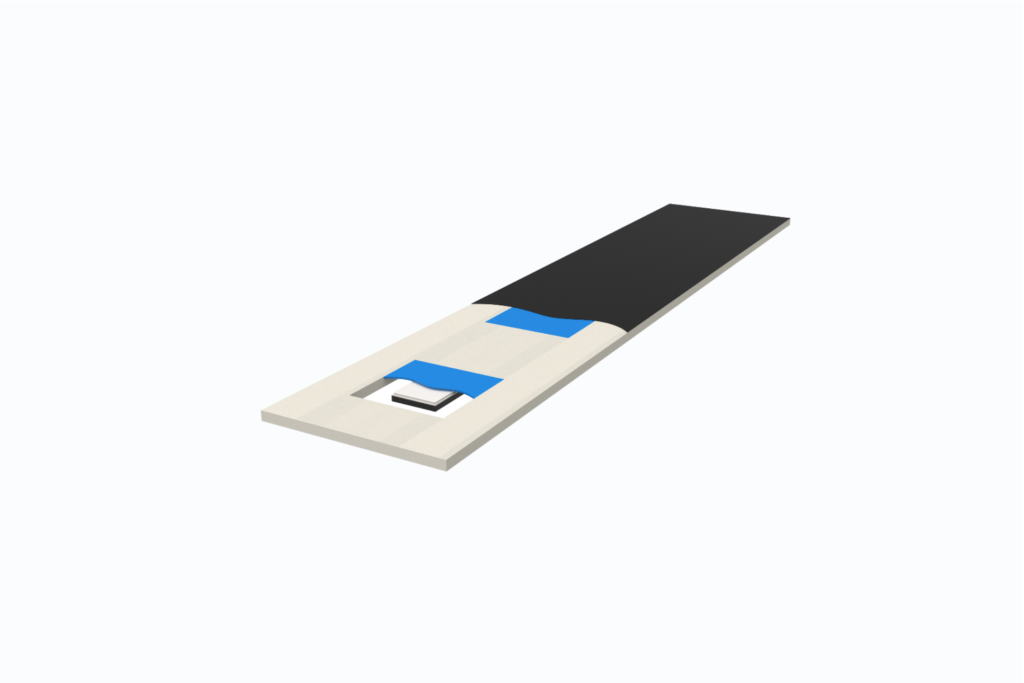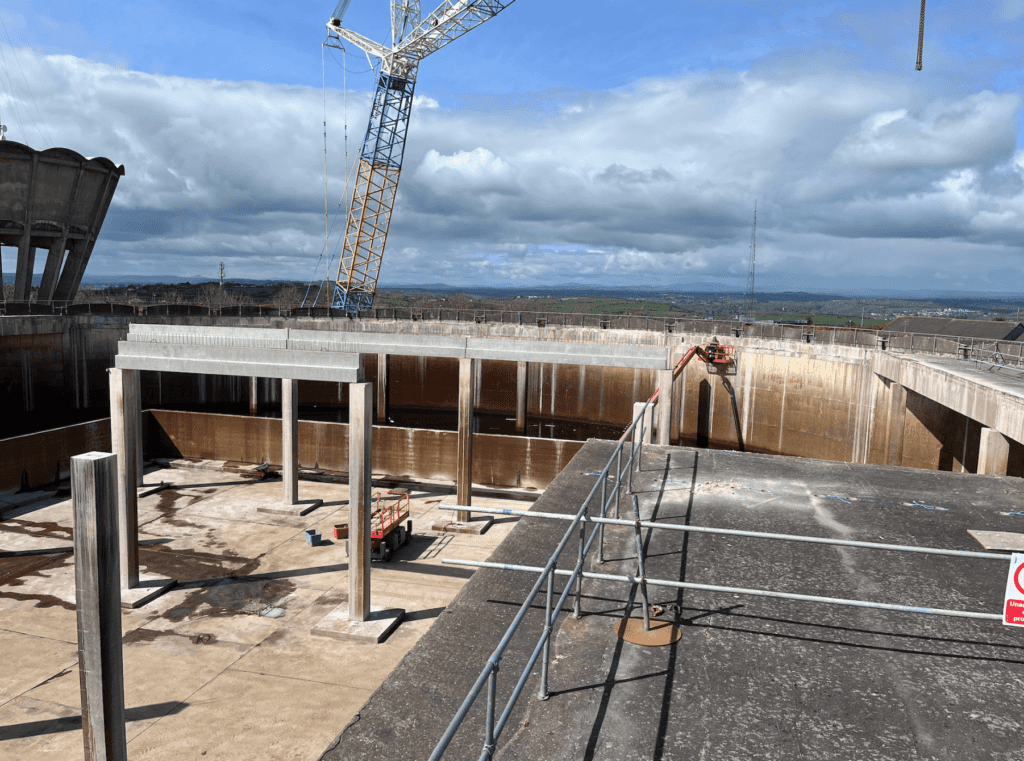
A Guide to Structural and Sliding Bearings and Expansion Joints in Concrete Construction
Understanding Structural and Sliding Bearings in Construction
Structural and sliding bearings play a crucial role in both residential and commercial construction, as well as in infrastructure projects. They are indispensable for absorbing loads, facilitating rotations, and managing movements within expansion joints, all while supporting structures subjected to bending stress.
These bearings are available in both reinforced and unreinforced varieties, offering essential support in precast or cast-in-situ concrete structures. Their functionality spans from basic deformation absorption to serving as advanced sliding bearings or a hybrid of both.
The Role of Elastomeric Bearings in Load Distribution
In concrete and reinforced concrete construction, elastomeric bearings are key to efficiently transferring loads. They ensure the weight of roofs, beams, and ceilings—including both dead and live loads—is properly distributed to the foundation, such as columns, walls, and support brackets. This distribution process accommodates not just vertical forces but also angular slab deflections and horizontal shifts, which can arise from concrete shrinkage or thermal expansion.
Bearings and Expansion Joints: Managing Movement and Loads
Bearings are fundamental for managing the loads, rotations, and movements occurring within structures. When horizontal deformation exceeds 10mm, sliding bearings become the preferred solution.
Expansion joints play a vital role in bridging structural elements, absorbing movement, and adapting to shrinkage, creep, and temperature variations in various constructions, including bridges. These joints are particularly susceptible to strain and are meticulously designed to withstand it.

Why Expansion Joints Are Essential
Concrete structures are dynamic, constantly adjusting to external and internal forces that impact their longevity. Factors such as dead weight, wind load, temperature changes, and soil settlement require careful consideration during design, ensuring structures are equipped with both bearings for movement and strategically placed expansion joints for stability.
Selecting and Specifying Expansion Joints
The design phase of a new structure includes a thorough analysis of how it will respond to external influences. Specialists like SDG play a critical role in determining the most suitable bearings for each application, highlighting the importance of expertise in matching structural and client requirements.
The Impact of Bearing Placement on Joint Continuity
Proper layout and positioning of expansion joints and bearings are essential to minimise future maintenance issues. The placement significantly influences the continuity of a joint, with precise positioning helping to avoid vertical discontinuities.
Types of Bearings
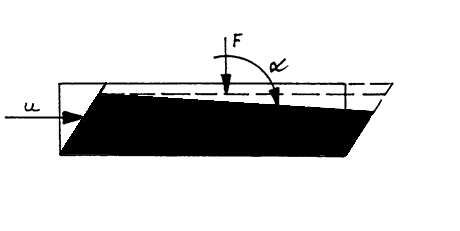
Deformation Bearings
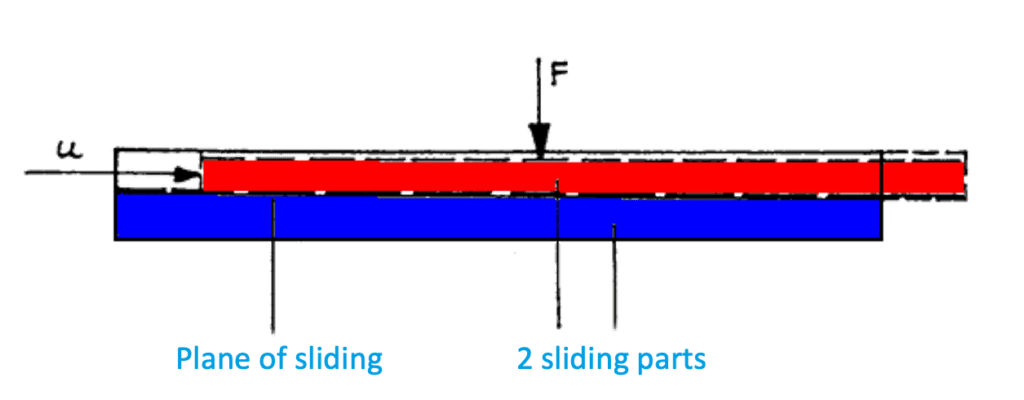
Sliding Bearings
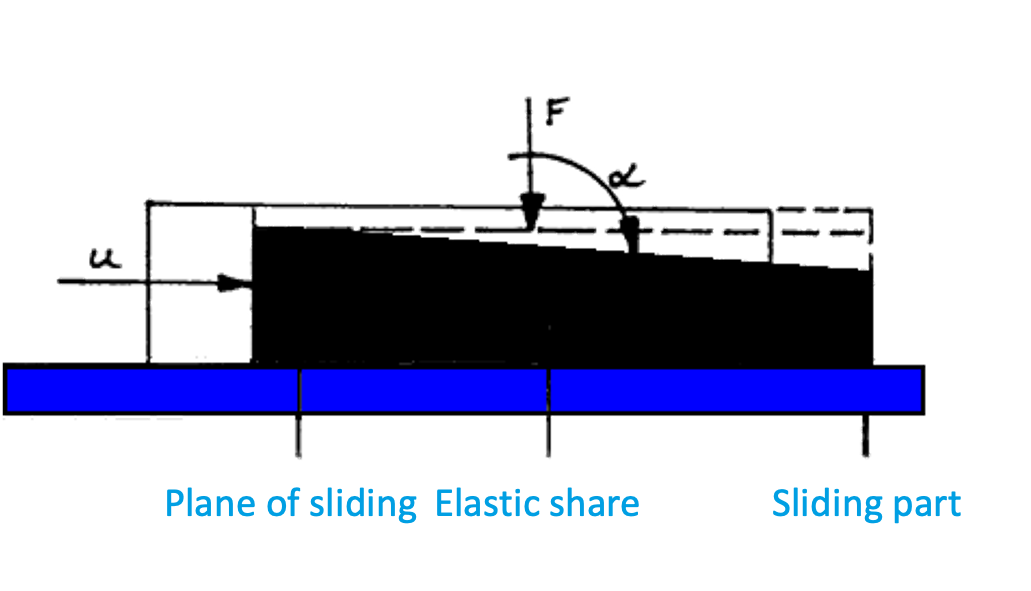
Combined Deformation/sliding Bearing
Bearings and their uses
[Click on the products name below to find out more]
Installation and Design Considerations for Bearings
Proper bearing installation and design are critical for structural integrity, considering stress values, surface conditions, and additional requirements such as fire protection and vibration isolation.
For comprehensive support in bearing selection, design considerations and ensuring the longevity and integrity of your structures, reach out to SDG. Our expertise in structural and sliding bearings, coupled with a commitment to innovative solutions, positions us as your ideal partner for all bearing and design needs.
Share this post

